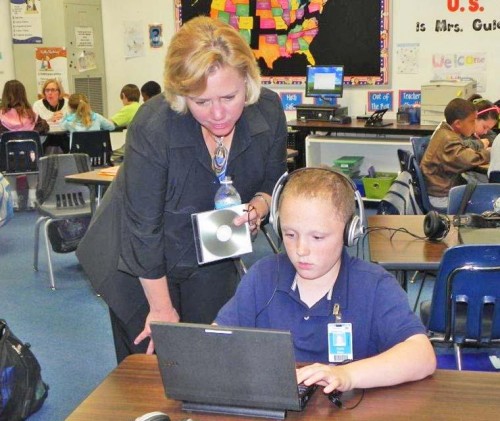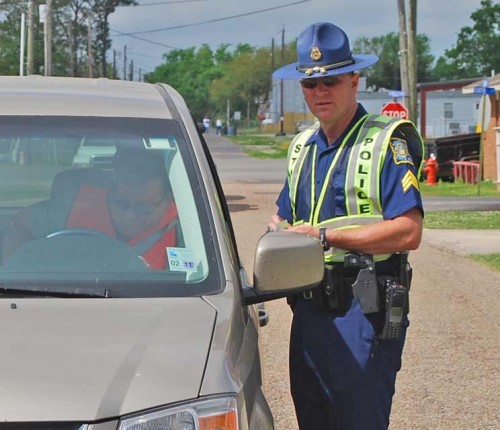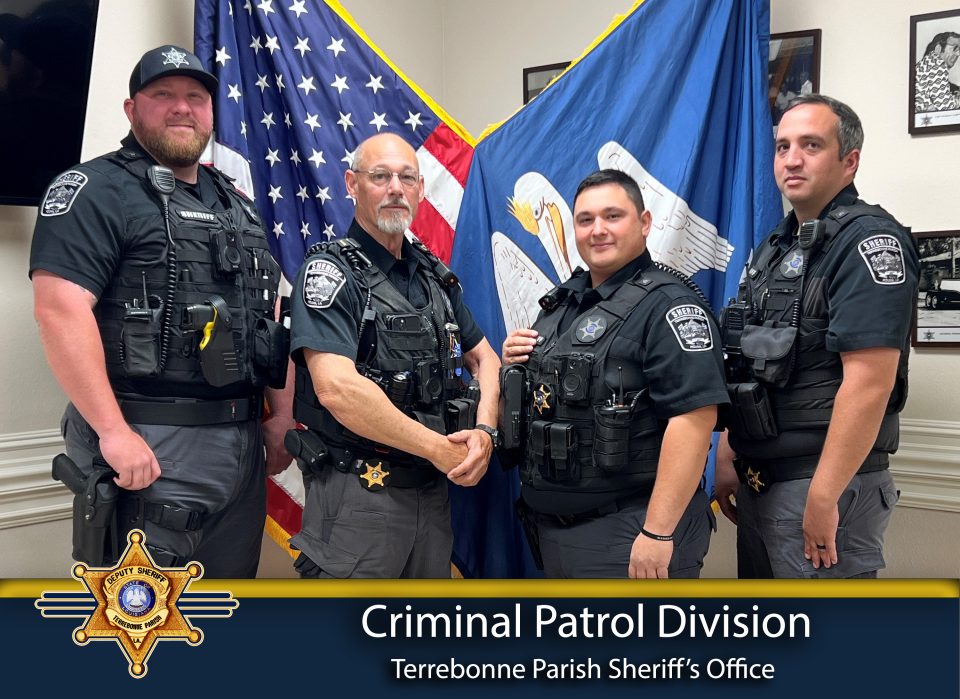Medicaid switch to private insurers a money-saver
April 14, 2010
Landrieu: State should declare education cuts off limits
April 16, 2010As residents of the Tri-parish area surely know, the effects of a hurricane go far beyond just the storm’s physical damage.
Common services that we take for granted – like electricity, telephone, gas and medical treatment – could all be out of the picture until those professionals are allowed back into the parish to assess various problems.
But in a disaster area with no alarms, no cameras and potentially no communication capabilities, what if the wrong people enter and loot the area?
That’s where the National Sheriff’s Association and a host of private organizations enter the picture.
They created a system that strives to allow the right people to quickly, confidently and securely enter a disaster area by issuing these people a Pegasus First Responder Authentication Card.
These cards include the responder’s name, picture, company, job title and location.
Local law enforcement will hold checkpoints entering the disaster area, and they will only allow those with authorization to enter.
Pegasus spokesman Darrell Geusz said each police car will have a red light/green light status to determine entry eligibility.
“The goal is to provide a software network, as kind of collaboration tool between private companies and law enforcement to be able to let law enforcement know what essential personnel is needed where and when,” he said.
Geusz said responders can place their card on the dashboard and, in some instances, will be able to enter in a “fast pass” fashion.
“The problem today is that after a hurricane everybody kind of runs to the command center. It’s a bottleneck,” he explained. “We’re trying to get essential personnel known in advance to get out of that bottleneck so they can go and do their jobs more quickly and get back to recovery faster.”
If someone qualifies who is not pre-registered, Geusz said the responder can go to a command center and get registered.
But since every area may have different recovery needs, and because a storm’s conditions are ever-changing, he said sheriffs or emergency commanders will be able to modify the tiers.
“The software is designed so the emergency management officials can define the various requirements based on incident type, the phase of recovery, the type of worker,” Geusz added.
The cards encompass three tiers, determining the importance of the person’s entry.
Therefore, officers will be told which tiers to allow in and which tiers to keep out depending on the severity of the danger of the area.
While still in the testing phase, in order to gain a better understanding of the system, the Lafourche Parish Sheriff’s Office hosted a test of the system last Tuesday in Lockport.
Counties in Texas, Mississippi and Alabama also tested the system this past week.
“We’re working today with a variety of players on a state, local and federal level in both industry and government to coordinate a plan and to test for weaknesses and to improve the system of coordination and collaboration so if a real disaster strikes, we can improve our efficiencies,” said Lafourche Parish Sheriff Craig Webre.
The event included participants from health care, oil and gas, maritime and utility industries, workers for all of which are eligible to apply for a card.
But Rich Garcia, Shell Oil’s Global security manager, knows help comes from entities all around the country as well.
“We have to ensure that those other individuals in those other states can be able to print out proper placards and identification so when they arrive at the location they don’t have to go around trying to figure out where’s the command post, where’s the entry registration,” he said. “They can actually go to the facility they need to go to start working and help the community get back on its feet without trying to waste time.”
After a hurricane strikes, officers may have little-to-no ability to communicate with one another. That’s why Garcia said the test gave officers various levels of communication abilities.
“We’re trying to have no communication type process to the most sophisticated type process and see what works and what doesn’t work,” he said. “We want to ensure the community can get back on its feet by getting the proper critical infrastructure people back into an area quickly.”
Currently, each jurisdiction has its own hurricane policy, which can cause confusion in such high emotional times. Garcia hopes the success of this organized program will help it go nationwide.
“When you have something as large as a hurricane affecting multiple states you need something that you can assist that local system that everybody recognizes,” said Garcia. “Hopefully once this is developed, we’ll be able to work with the Department of Homeland Security and FEMA and other state emergency managers from the various states to agree that this is a system that can be workable, that can be adaptable to the things locally.”
A State Police trooper checks a responder’s identification card at last Tuesday’s test of the system in Lockport. This system will decrease the amount of looters and sightseers entering a disaster area. * Photo by RICHARD FISCHER












